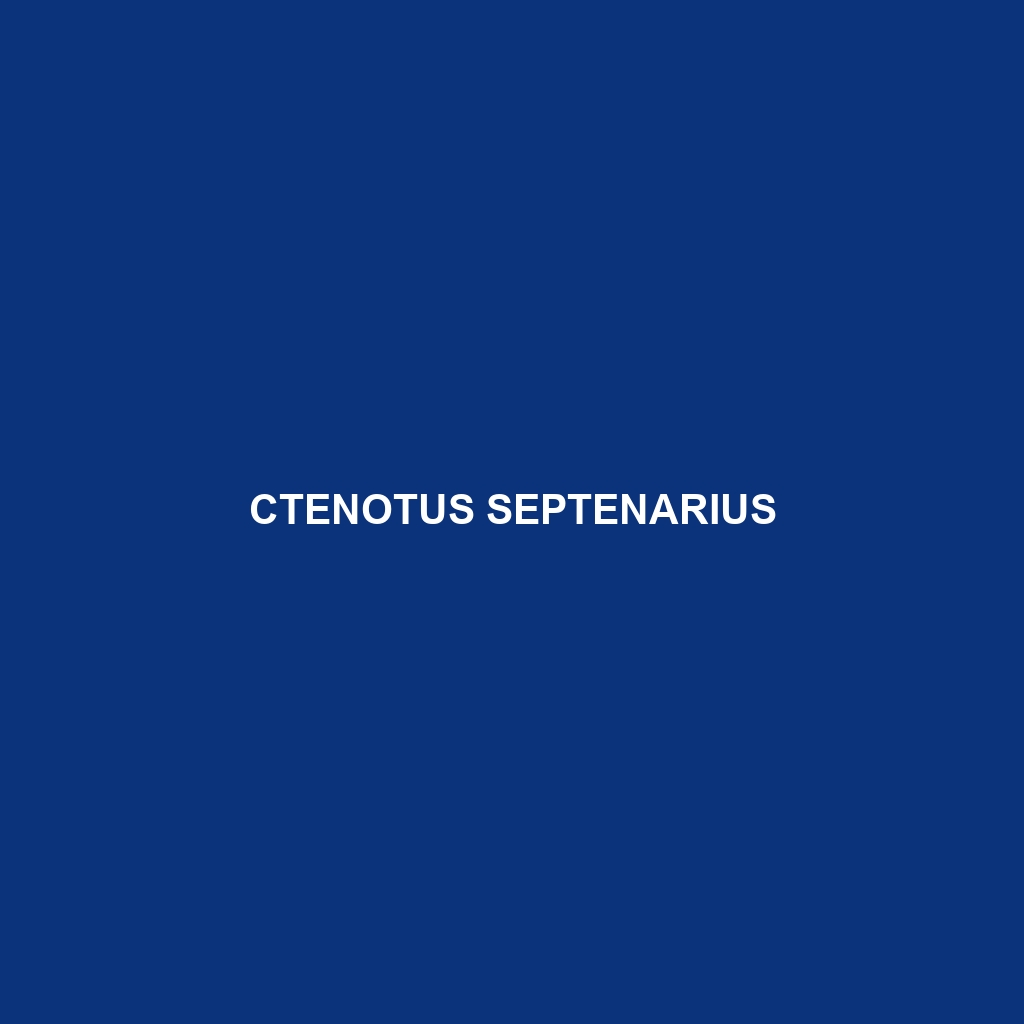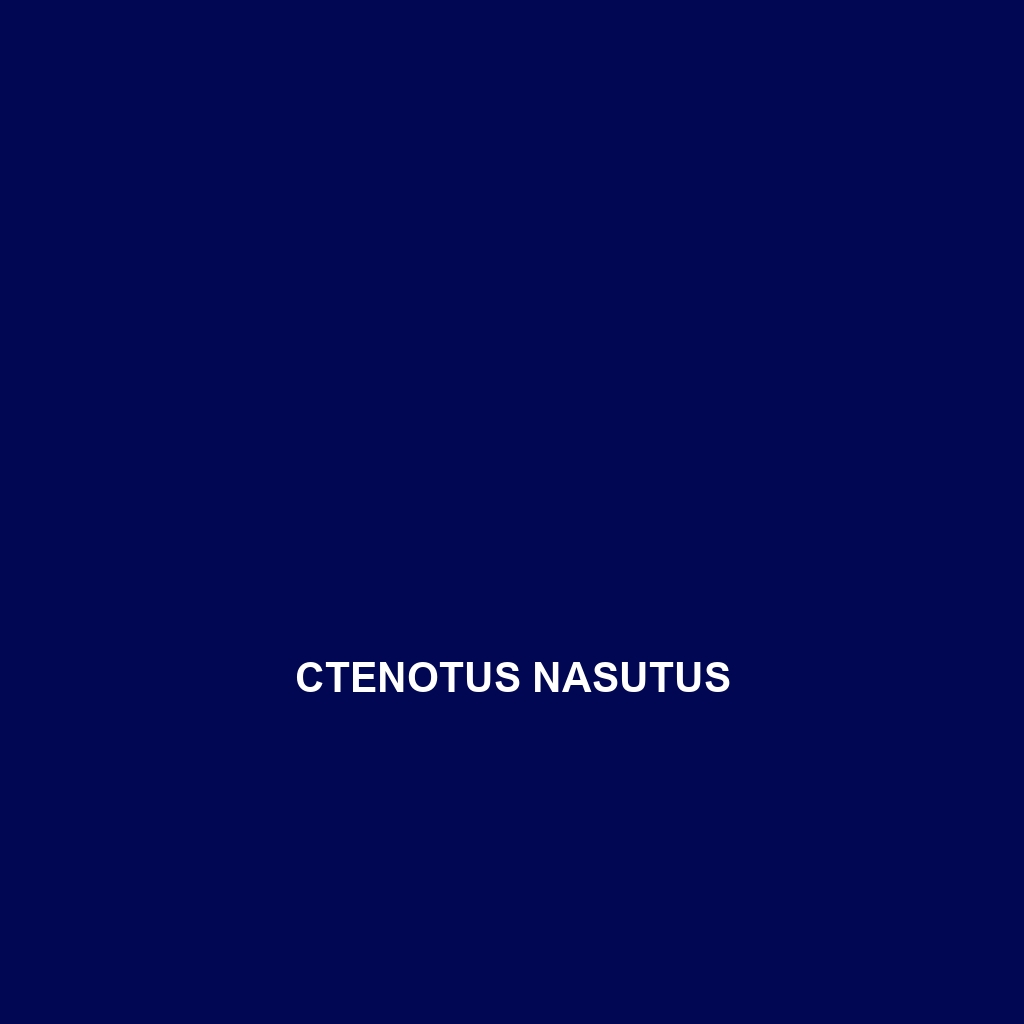<b>Egernia eos</b>, also known as the Eastern Spiny Skink, is a medium-sized skink native to Australia, thriving in diverse habitats like rainforests and savannas. With a striking combination of earthy tones and bright blue tails, these social lizards exhibit fascinating behaviors and play a crucial role in their ecosystem by controlling insect populations and aiding in seed dispersion.
Tag: Australian skink
Ctenotus vertebralis
Ctenotus vertebralis, a resilient skink native to Australia's arid regions, features a streamlined body of 15 to 25 cm with distinct tan, brown, and grey coloration, and dark stripes that provide camouflage. This diurnal insectivore plays a vital role in its ecosystem by regulating insect populations and serving as prey for larger predators.
Ctenotus storri
Ctenotus storri is a medium-sized skink found in the arid regions of Australia, characterized by its striking brown and grey coloration, dark stripes, and agile daytime behavior. These insectivorous skinks play a crucial role in controlling insect populations and exhibit unique adaptations for survival in their diverse habitats.</p>
Ctenotus serventyi
Discover the Ctenotus serventyi, a medium-sized skink found in Australia's coastal sand dunes, known for its sleek, light to reddish-brown body with dark stripes and a vibrant yellow or cream belly. Active during the day, it plays a crucial ecological role by controlling insect populations while exhibiting fascinating social behaviors.
Ctenotus septenarius
Discover the Ctenotus septenarius, a resilient medium-sized skink native to Australia's arid regions, characterized by its distinct dark stripes and adaptability to various habitats. This diurnal species plays a vital role in the ecosystem, preying primarily on insects while displaying fascinating social behaviors and a unique reproductive cycle.
Ctenotus rubicundus
Discover the vibrant Ctenotus rubicundus, a medium-sized skink measuring 10 to 20 cm, known for its striking tan to reddish-brown coloration and agile movements in Australia’s arid regions. This diurnal predator thrives on a diet of insects, plays a vital role in its ecosystem, and showcases extraordinary traits such as tail regeneration.
Ctenotus pallescens
Discover the Ctenotus pallescens, a medium-sized skink native to southeastern Australia's semi-arid regions, known for its agile movements and excellent camouflage with grey to light brown coloration. This diurnal species feeds primarily on insects and plays a crucial role in maintaining ecosystem balance as both predator and prey.
Ctenotus olympicus
Ctenotus olympicus, commonly found in the arid regions of eastern Australia, is a diurnal skink recognized for its elongated body, distinctive dark stripes, and agile movements. This species plays a vital role in its ecosystem by controlling insect populations and serving as prey for larger animals.
Ctenotus nasutus
Discover the Ctenotus nasutus, or nosed skink, a small, agile skink native to Australia's arid regions, renowned for its distinctive coloration, diurnal habits, and insectivorous diet. With a unique ability to thrive in harsh environments, this species plays a crucial role in maintaining ecological balance within its habitat.
Ctenotus lateralis
Ctenotus lateralis, or the lateral skink, is a diurnal, insectivorous lizard found in the dry regions of southeastern Australia, measuring 10 to 15 cm in length and characterized by its elongated body and distinctive brown to gray coloration with darker stripes. As a vital part of its ecosystem, it helps control insect populations while showcasing remarkable tail regeneration abilities.









